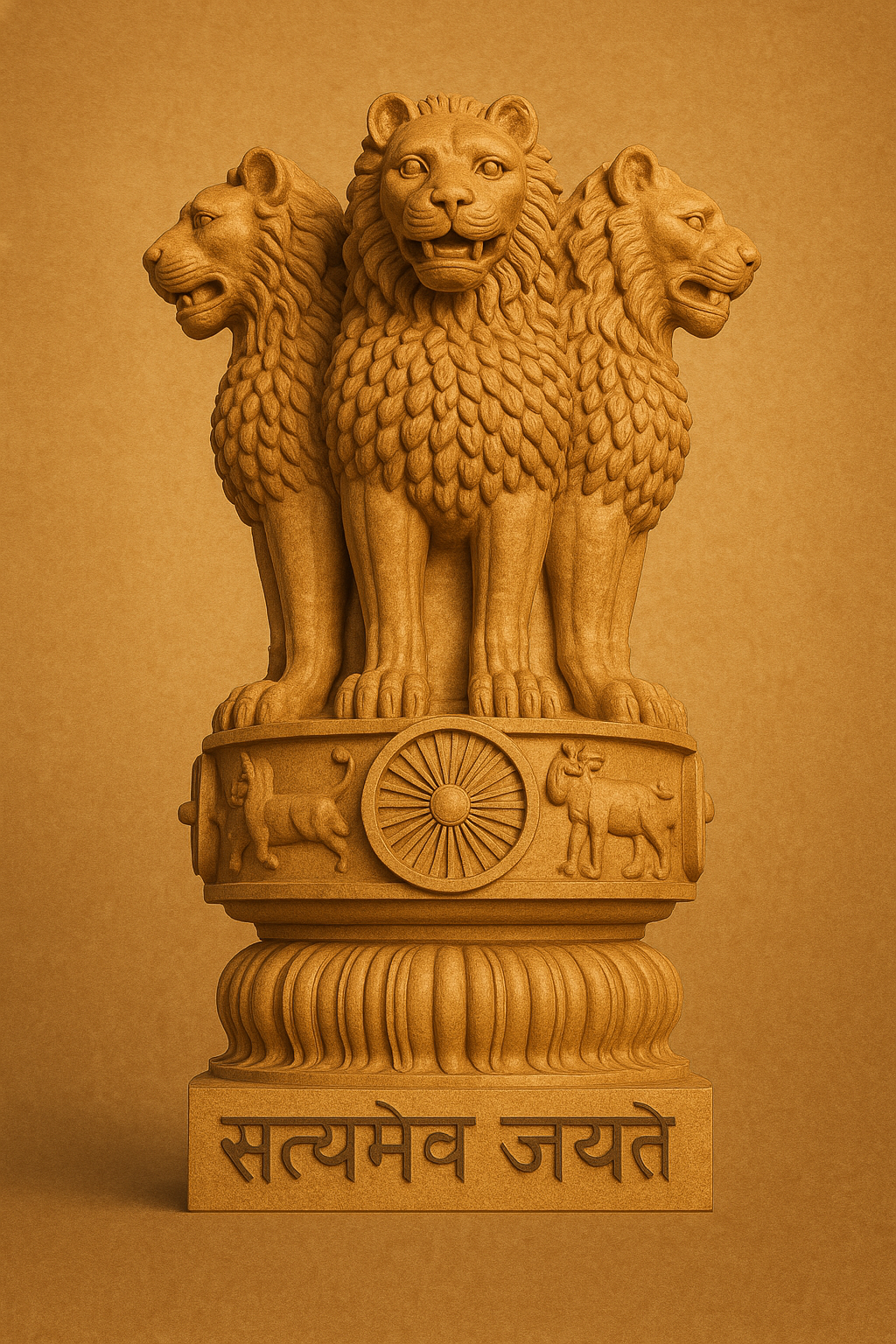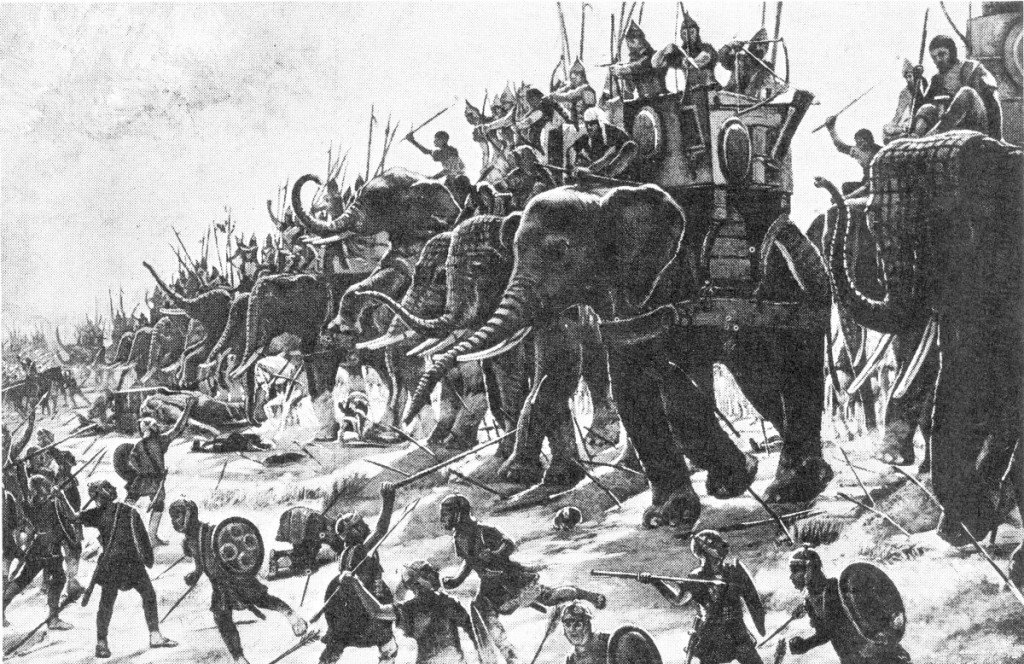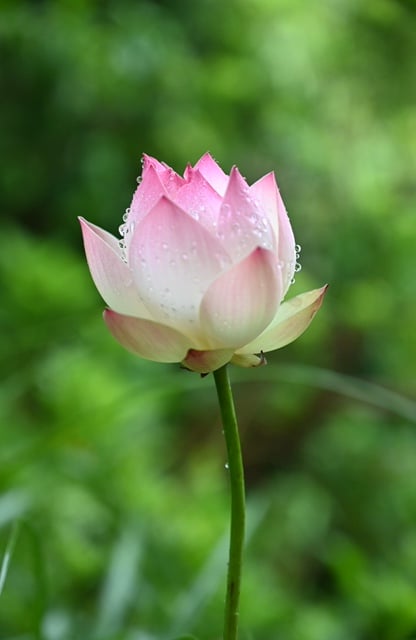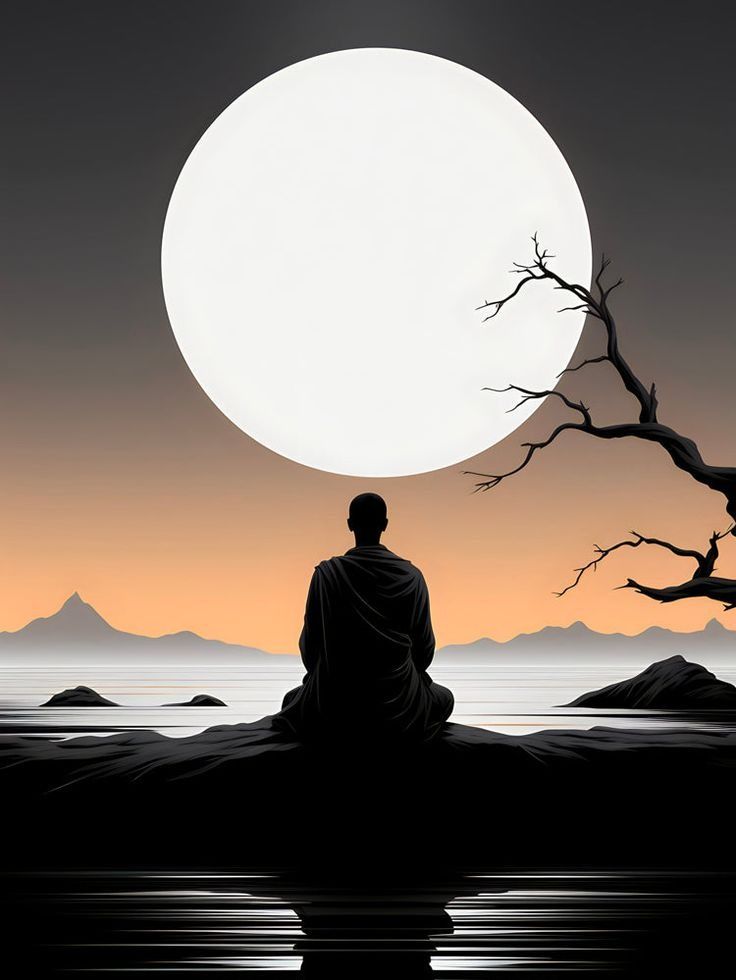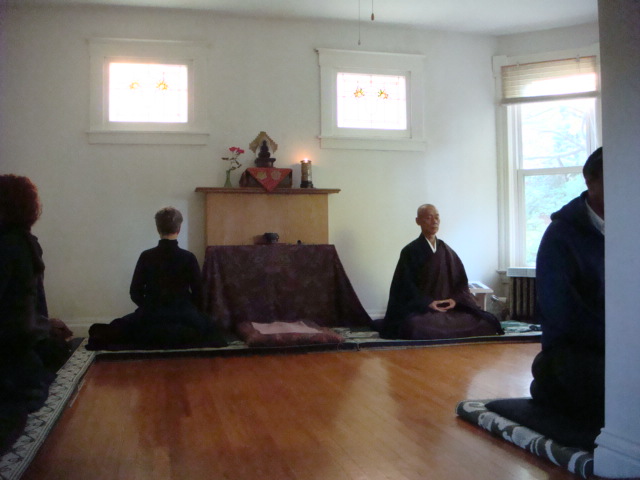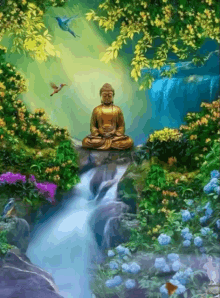Awakening for All: Zazen Ultimate: Realization
In the Striver’s Fruit Scripture, the Buddha told Ajatasattu about the strivers’ actual fruit or merit, from physical to mental. Now he goes into the ultimate one, realization of nirvana/awakening through zen, jāna, stages.
In the first stage one transcends coarse thinking, but is with subtle investigation, contemplation, and with comfort, joy, and one-pointedness of mind. Toward its end, the five coverings of lust, desire, etc. are eliminated.
In the second stage one transcends subtle investigation, contemplation, but is with comfort, joy (pīti), and one-pointedness of mind. Toward its end, the four fluxes of lust, becoming (bhava), views, and nescience are eliminated.
In the third stage one is equipoised (upekhako, lit. one who has discarded intellections, emotions, volitions in order in the previous stages) in comfort (sukha usually translated as happiness) and one-pointedness of mind.
In the fourth stage one is in pure equanimity or serenity (upekhā), beyond I/ my (body), witnessing nirvana (no wind, of karma, mind freed)/ awakening (in Dharma), realizing the truth of the falling away of body/mind.
One can be awakened from the long night of nescience (no witness, of nirvana), billions of years since life started, and the awakening in the Dharma body/world in it, freed from samsara (birth/death) and its suffering.
Nirvana/sukha-vatī (lit. happy-ful) is neither a special place nor for special people, but for anyone willing to witness/realize it, because it is done not by gaining something, but discarding bad/wrong karma (action/habit/heredity).
Amṛta (immortality) is the best fruit/merit for anyone to be born as a human being, as rare as a turtle living at the bottom of the ocean, coming up to its surface once in a hundred years to stick its head into a hole of a floating log.
June 13, 2025 C.E.
Notes:
1.
Stages of Zen (Jhâna/Chan: Meditation)
Stage vitakka (reflection) vicâra (contemplation) pîti (joy) sukha (comfort) eka-aggatâ (one-pointedness) Note
I ○ ○ ○ ○ ○
(five coverings * have already ceased) *
II X X ○ ○ ○
(four fluxes ** have already ceased) **
III X X X ○ ○ (upekkhâko: equipoised one)
Iv X X X X ○
(upekkhâ: equanimity: the mind is freed, there is no rebirth, nibbâna)
*Five coverings: Kâma-chanda (lust-desire), abhijjhâ-vyâpâda (covetousness-malevolence), thîna-middha (sloth-drowosiness), uddhacca-kukkucca (agitation-worry), vikicchâ (doubt)
** Four fluxes: Kâma (lust), bhava (becoming), ditthi (view), avijjâ (nescience: no witness, cf. video)
四禅 (Jhana/Chan: Meditation)
段階 vitakka ( 尋:沈思) vicâra (伺:黙考) pîti (喜:喜悦) sukha (楽:安楽) eka-aggatâ (一境性) 備考
I ○ ○ ○ ○ ○
(五蓋 :障碍* 消滅)
II X ○ ○ ○ ○
(四 漏:煩悩** 消滅)
III X X X ○ ○ (upekkhâko:放棄者/平静者)
IV X X X X ○
(upekkhâ: 捨:放棄: 平静:捨念清浄・自由・不生・涅槃:nibbâna)
*五蓋:Kâma-chanda (性欲-欲望), abhijjhâ-vyâpâda (吝嗇‐悪意), thîna-middha (怠惰-眠気), uddhacca-kukkucca (興奮-心配), vikicchâ (疑惑)
** 四漏:Kâma (生存欲), bhava (生成・同定), ditthi (偏見・独断), avijjâ (無明:無覚証、無我の)
2. Please refer to the following for more details on karma, samsara, nirvana, etc.:
https://buddhism869196463.wordpress.com/%e3%83%9b%e3%83%bc%e3%83%a0%ef%bc%9ahome/
3. Regarding the views in the above note 1, views on the body as I or my body is especially important, because this is the starting point of self-centered view/actions/habits to cause samsara and suffering in this world.
4. Samsara (becoming-wheel) starts from nescience (no witness, of nirvana), which makes us appropriate and identify our bodies as I or mine and makes us involved in the changing states of the body/mind (as the flow/change/samsara, birth, aging, death) as in the following diagram:
12 Dependent_Origination_Reconstructed
一切の為の覚醒:坐禅 究極:実現
沙門果経でブッダはアジャータサットウに努力者の果報あるいは功徳について身体から精神へと説いていった。今や彼は禅の諸段階を通して涅槃/覚醒の実現という究極の所に入る。
第一段階では人は粗大な思考を超えて、微細な沈思、黙考と安楽、喜悦、心一境性にある。その終わりには性欲、欲望などの五蓋が除かれる。
第二段階では人は微細な沈思、黙考を超えて、安楽、喜悦、心一境性にある。その終わりには生存欲、生成、偏見、無明の四漏が除かれる。
第三段階では人は平静者(upekhako:前段階で次第に知・情・意を捨てた者)となり、安楽(sukha、普通幸福と訳)と心一境性にある。
第四段階では人は平静そのもの、清澄状態(upekhā:捨念清浄)となり、(身体を)我/我所(有)とせず、涅槃(無風、業の:心が解放され)/(法を)覚醒し、身心脱落の真実を実現する。
人は、生命誕生以来何十億年の、無明(無覚証、涅槃の)長夜から目覚めて、そこで法身/界に目覚めて、輪廻(生・死)とその苦から解放される。
涅槃/極楽(sukha-vatī、字義は幸福に満ちた)は特別な場所でも、特殊な人々の為のものでもなく、誰でもがそれを実体験/実現したいと望めば得られるものである、何故ならそれは何かを得るのではなく、悪/邪業(行為/習慣/遺伝)を捨てる事だから。
甘露(不死)は、海底に住む盲亀が百年に一度その海面へ出て来て頭を浮木の穴に入れる程に稀な、人間として生まれた誰にとっても、最善の果報/功徳である。
2025共通年6月14日
註:
1. 上記英語の註1の四禅を参照ください。
2. 業、輪廻、涅槃などについての更に詳細については以下を参照ください:
https://buddhism869196463.wordpress.com/%e3%83%9b%e3%83%bc%e3%83%a0%ef%bc%9ahome/
3. 上の註1の見(偏見・邪見)については特に身体を我・我所(有)と見るものが重要です、何故ならこれが自己中心の見方/行為/習慣が凛年とその苦の出発点となるからです。
4. 輪廻(生成輪)は無明(無覚証、涅槃の)から始まりますが、それは以下の表のように身体を我又は我所(有)として我が物とし自己と同一視することになり、身心の変化状態(流れ変化輪廻、生、老、死)に巻き込まれるることになります:
十二支縁起, 日本語
.
.
.
.
.

.
.
.
..







